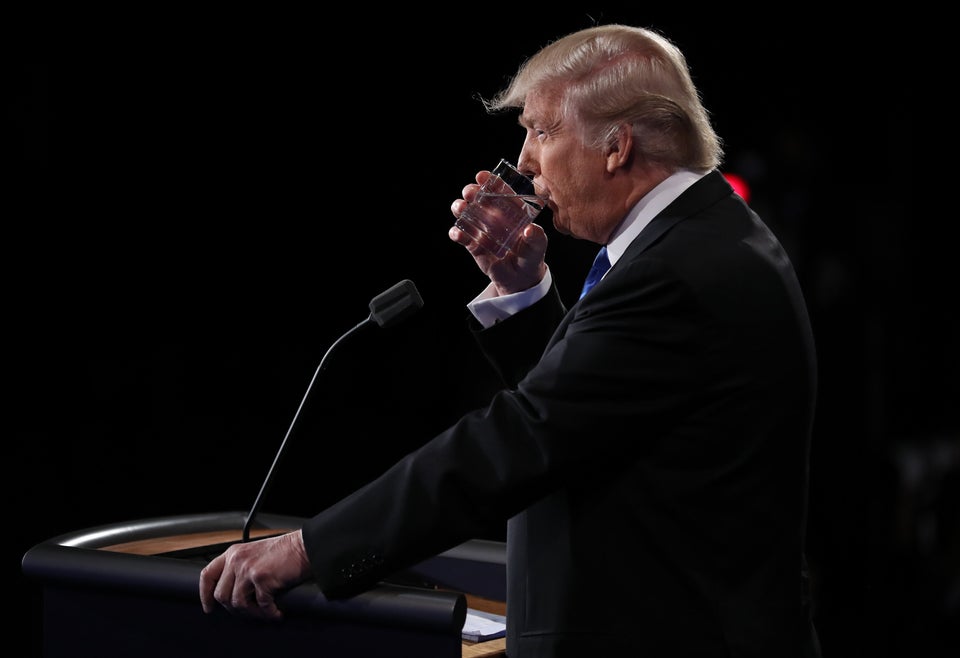(Reuters Health) - Black and Hispanic adults in the U.S. have higher rates of mild dehydration than whites, and one reason may be less access to safe, clean tap water, researchers say.
Since getting enough water is important for health, policy action is needed to ensure equitable access to healthy beverages including tap water, the study team writes in the American Journal of Public Health.
“Hydration is essential for maintaining proper physiological functioning, and mild levels of inadequate hydration, such as when a person begins to feel thirsty, can impair daily functioning and well-being with symptoms such as fatigue, irritability, reduced cognitive functioning, poorer physical performance, and headaches,” lead author Carolyn Brooks told Reuters Health in an email.
In 2015, her co-authors on the current study published results documenting inadequate hydration among kids in the U.S. and found some striking disparities, said Brooks, a researcher at the Harvard T.H. Chan School of Public Health in Boston.
“These findings drove us to want to explore whether a similar pattern would emerge in the U.S. adult population.”
The ongoing water crisis in Flint, Michigan, and other research showing racial, ethnic and socioeconomic differences in tap water intake also prompted the study team to investigate the idea that these might play a role in hydration and dehydration patterns, Brooks added.
The researchers analyzed data from the National Health and Nutrition Examination Survey (NHANES) collected during 2009 to 2010 and 2011 to 2012 for adults aged 20 to 74 years.
They focused on measurements of urine concentrations to determine hydration levels, and also took into account age, gender, race, ethnicity, income levels and overall dietary intakes.
Drinks were categorized as either plain water, including tap water, sugar-sweetened beverages, milk, 100-percent juice, diet beverages, tea, coffee or alcoholic beverages.
On average, the study team found, non-Hispanic white adults drank about 3.5 servings of tap water every day while non-Hispanic black adults drank about 2 servings per day and Hispanic adults drank about 2.3 servings.
Blacks and Hispanics were 44 percent and 42 percent, respectively, more likely to be inadequately hydrated compared to their white counterparts. People with lower incomes were also more likely to be inadequately hydrated compared to higher income individuals.
“We found that nearly a third (29.5 percent) of U.S. adults are not adequately hydrated at a given time and that this was not equal by race/ethnicity and socioeconomic status.”
It’s important to distinguish that our team looked at “inadequate hydration,” not extreme dehydration which is associated with more serious health problems that can require immediate attention, she noted.
Non-Hispanic black and Hispanic adults drank more bottled water but fewer diet drinks and plain coffee or tea when compared to non-Hispanic whites.
“We found that differences in tap water intake did partially explain the racial/ethnic disparities in hydration status. And differences in consumption of other beverages further explained some of the racial/ethnic and income disparities,” Brooks said.
Though many beverages and moisture from food can improve hydration status, they do not all have the same health and financial benefits as safe tap water, Brooks said.
“Tap water is generally low cost and calorie free - unlike purchasing sugar-sweetened beverages, which pose additional economic burdens and have other health risks given their well-documented relationship to obesity and diabetes.”
More research is needed, she added. “While our study suggests a link between racial/ethnic disparities in drinking tap water and disparities in hydration status, we can’t say for sure that differences in safe tap water access are really driving this.”
Encouraging people to drink more tap water may seem simple enough, Brooks said, but in many communities of color, there are both real and perceived concerns regarding the safety of water.
“Therefore, it is important that we not only focus on initiatives that promote healthy and affordable beverages, but also work to assess and improve drinking water infrastructure in areas with pooraccess, and improve perceptions of tap water where appropriate,” she said.
SOURCE: http://bit.ly/2upiwpm American Journal of Public Health, online July 20, 2017.
Advertisement

